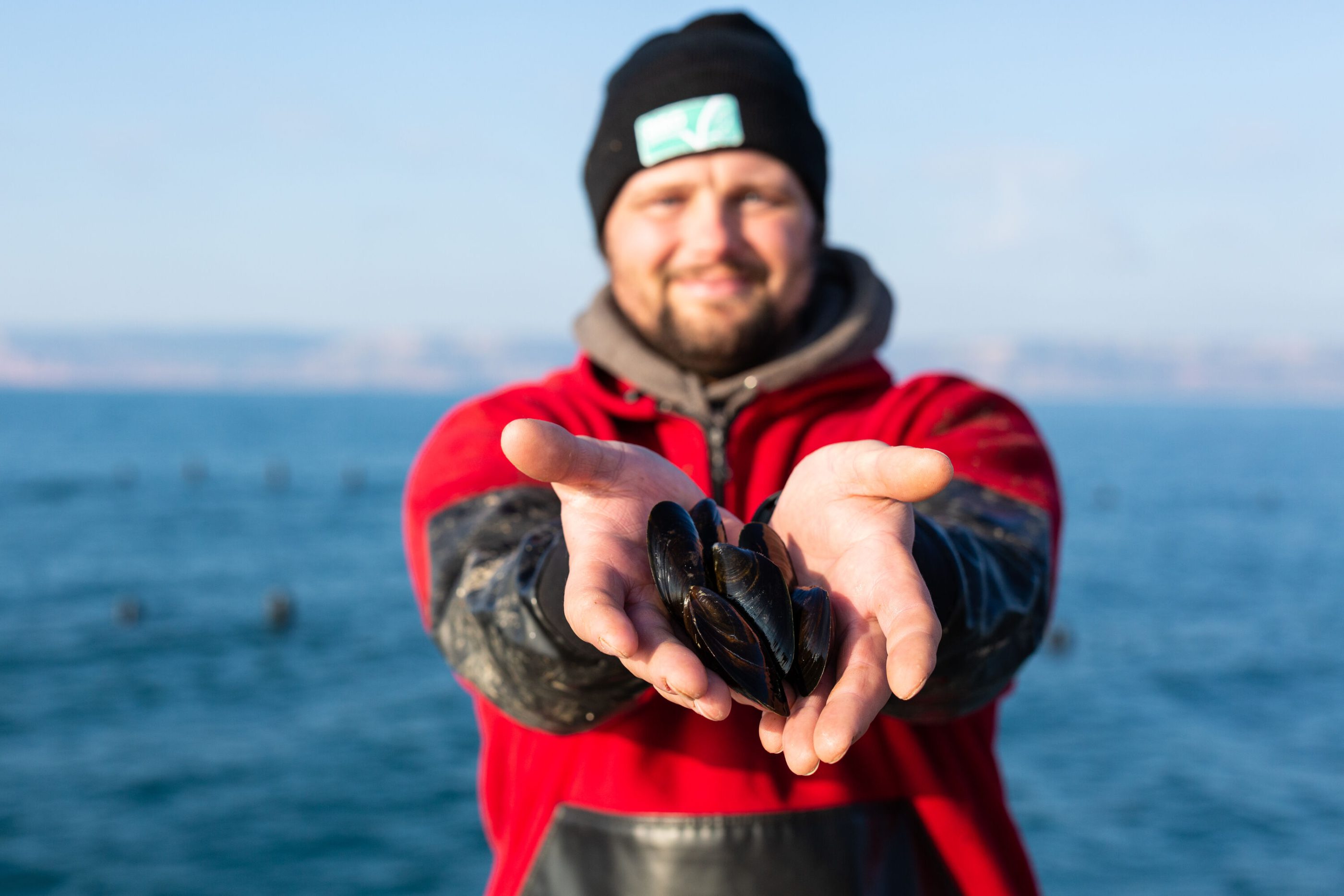
Why pangasius isn’t a ‘garbage fish’, and four more myths busted
February 16, 2022
After our mythbusters about farmed salmon, we’re now turning our attention to a white fish that may be the victim of even more myths and scare-stories: the humble pangasius. The pangasius goes by many names including basa fish, swai or river cobbler. Bad PR in the past may be one reason for its many names. But we don’t think another rebrand is needed: the truth behind the myths below shows that this affordable, versatile fish is actually a seafood superstar. If you want more information about pangasius, we have a whole page about them, plus lots of recipes to try at home.

Myth One: pangasius fillets are full of water
‘Glazing’ is when the outside of the fish is covered in ice to protect it during shipping. Because water is less expensive than pangasius fish, some producers decided to include extra water, meaning consumers got less fish than they paid for. The EU, which is the largest and most important market for pangasius, now has strict rules about this practice. The weight displayed on packaging must be the weight of the fish without the glaze. These rules have two effects. If you’re in the EU, of course, it will directly protect you from being misled by packaging. And because the EU is such an important market for the pangasius industry, these rules make it less worthwhile to add lots of glazing to products in the first place, even if they are being exported to other places.
Myth Two: pangasius is full of toxic chemicals from the Mekong River
This myth is particularly sad. Many websites and news stories claim that pangasius is full of remains of the pesticides dropped on Vietnamese forests by the US Air Force during the war. In response to these claims, scientists decided to test pangasius to see if they contained any of the laundry list of scary chemicals. They found ‘no food safety concern’. For many chemicals they found that Vietnamese pangasius contained less than other fish produced elsewhere in the world. One unpleasant thing about this myth is that it is founded in a very real tragedy. Toxic pesticides really were dropped on Vietnam, and in some areas, they are still affecting the people living there. As if that wasn’t bad enough, some critics now seek to use this against the Vietnamese, as evidence that their exports cannot be trusted. We think its the unsourced claims that can’t be trusted. The fact is, when people actually bothered to test pangasius from Vietnam, they found none of the claimed risks.
Myth Three: pangasius is a garbage fish
Some people have labeled pangasius a “garbage fish,” due to the suggestion that it eats anything, even literal garbage. However, what really matters is the food it is actually fed. As with the myth above, the claims are based on the idea that the Mekong River is dirty, and therefore all fish processed in the Mekong Delta must be dirty as well. But in Vietnam, pangasius producers are bound by rules on food safety and hygiene. Legislation covering imports also requires food safety requirements to be met. Again, the EU is a good example of this, and since it’s such an inportant market, its rules are likely to be followed by Vietnamese producers.

Myth Four: pangasius farmers pollute the environment
As we’ve said many times before, any claim this vague has very little value. In all food production, some farmers are less responsible than others, and pangasius farming can of course affect the environment if not done right. Fortunately, ASC’s Pangasius Standard includes strict requirements on monitoring water quality, and limiting environmental impacts of feed ingredients and waste, among many others. So, if you look for the ASC (Aquaculture Stewardship Council) logo, you can be assured that the pangasius you’re buying is not only very underrated and surprisingly tasty, but also responsibly produced. And that’s true no matter what name you call it.




